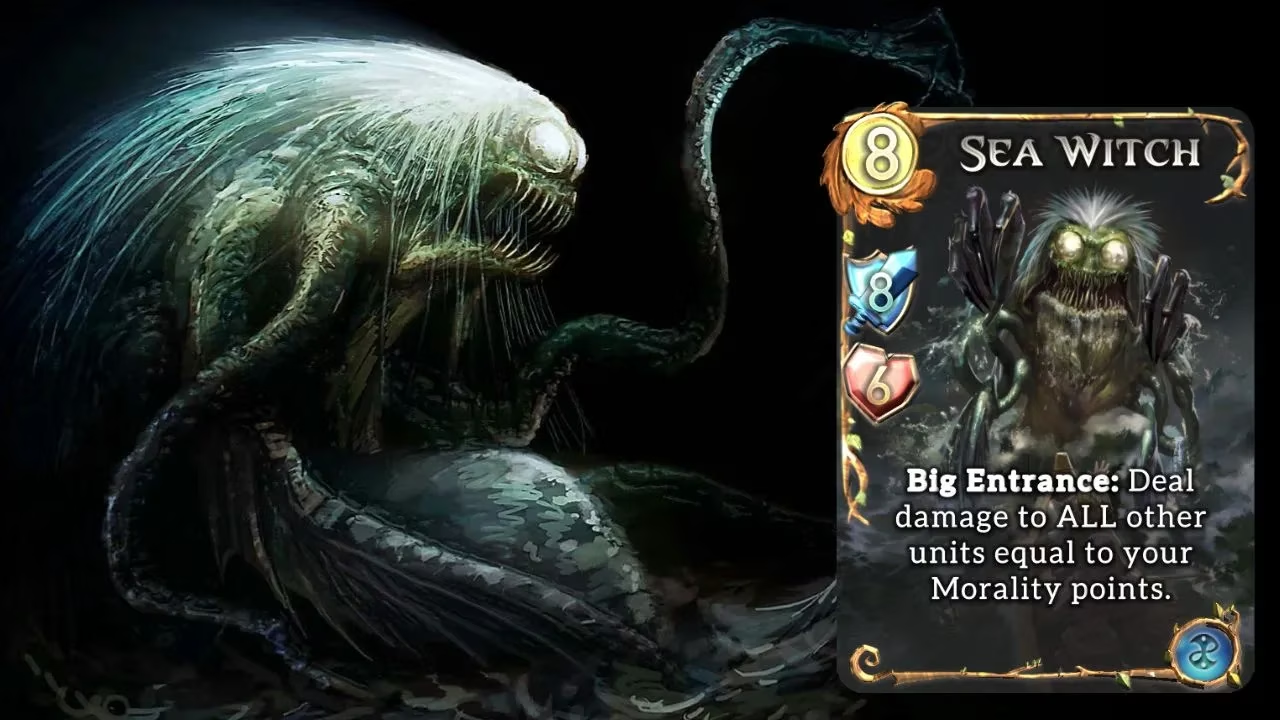Fable Fortune's Improbable Journey: From Lionhead's Ashes to Cult Triumph
Discover the inspiring resurgence of Fable Fortune, a vibrant card game blending Fable's magic with innovative mechanics, captivating fans worldwide.
I still vividly remember the collective gasp across the gaming community when Lionhead Studios shut down in 2016. As a longtime Fable fan, it felt like watching Albion itself crumble – but little did we know a phoenix was already rising from those ashes. The revelation that Microsoft greenlit Flaming Fowl Studios, formed by Lionhead veterans, to salvage Fable Fortune felt like discovering buried treasure in Bowerstone's sewers. What began as a discarded Fable 2 concept in 2008, then briefly revived in 2014 only to face cancellation again, suddenly had new life. That rollercoaster of development hell makes its eventual success story all the sweeter.

Against All Odds
Honestly, I had zero faith when they announced the Kickstarter. A quarter-million pounds? For a card game spinoff? From a disbanded studio? The odds felt worse than a chicken-chasing contest against Reaver 😅. Yet watching those pledges flood in – fans throwing coins like villagers at a Sanctuary demon door – proved how deeply this franchise resonates. That grassroots support became the miracle cure for what seemed terminally cancelled.
What truly stunned me was how Flaming Fowl transformed familiar mechanics into something fresh:
-
🃏 8 playable heroes dripping with Fable's signature humor
-
🤝 Revolutionary co-op boss raids (still unmatched in tactical depth)
-
🎨 Vibrant 3D tableaus replacing static card art
-
⚔️ Permanent card progression systems
| Feature | Innovation Over Competitors |
|---|---|
| Moral Choices | Mid-match alignment shifts impacting abilities |
| Shared Quests | Cooperative objectives against AI overlords |
| Environmental Hazards | Dynamic battlegrounds changing strategy |
The Long Road to Albion's Taverns
That first closed beta felt like reuniting with old friends – if your friends were chain-smoking Balverines and temperamental Hollow Men. Glitches? Plenty. Balance issues? Oh, absolutely. Yet beneath the jank, we glimpsed something magical: genuine love for the source material. Every card flavor text oozed British sarcasm, every hero ability referenced deep lore. This wasn't some cash-grab resurrection – it felt like devs stitching together their magnum opus with duct tape and nostalgia.
Post-launch in late 2017, the real miracle unfolded. While AAA live-service games collapsed under greed, Fortune thrived through:
-
🗡️ Quarterly expansions adding regions like Wraithmarsh
-
🏆 Community-driven tournaments with in-game cosmetic rewards
-
🎮 Cross-platform parity between Xbox and PC versions
Now in 2025, watching Fortune outlive giants like Artifact or Gwent still feels surreal. Its active Discord channels buzz with deck theories, new players discover it through Game Pass, and that once-impossible Kickstarter goal seems laughably small. Yet I can't shake one lingering thought: In an industry where corporate shutdowns erase countless creative visions... was this lightning-in-a-bottle success due to unique circumstances, or does it reveal a blueprint for saving other abandoned projects? When studios collapse tomorrow, who'll be brave enough to pick up the pieces and march toward their own Kickstarter sunrise?